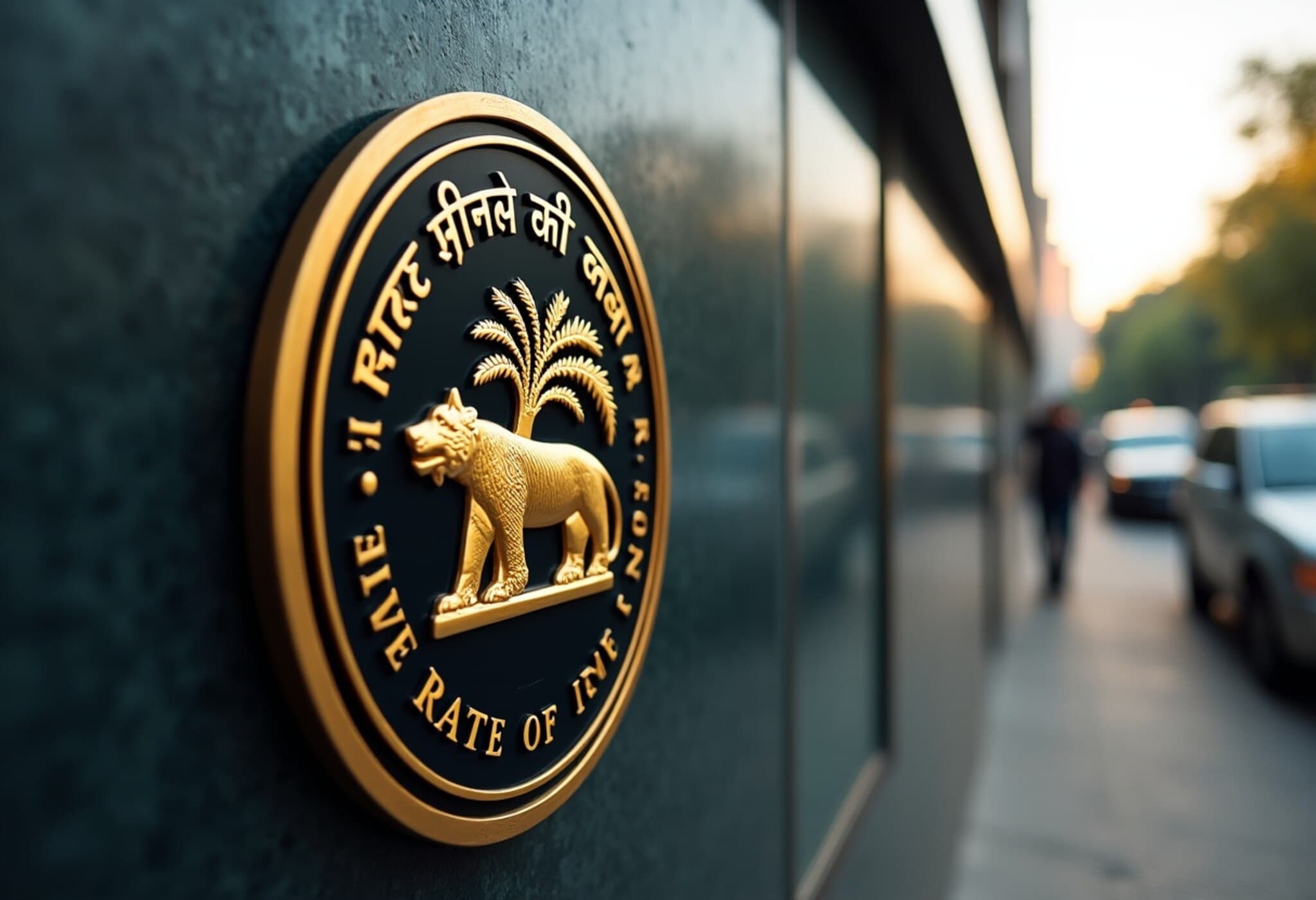Why Are Indian Overseas Remittances Experiencing a Decline?
In recent months, a noticeable dip in the amount of money Indians transfer abroad has caught the attention of financial experts and policymakers alike. Under the Liberalised Remittance Scheme (LRS), the total outward remittances by Indian residents dropped to $2.3 billion in May 2025, declining from $2.5 billion in April and continuing a broader downward trajectory from fiscal year 2024’s monthly average of $2.8 billion to $2.5 billion in fiscal year 2025.
What’s Driving This Shift?
Several interconnected factors are steering this trend. First, key destination countries for education — a prime reason for remittances — have implemented stricter visa controls. This dampens the flow of funds earmarked for tuition fees and living expenses.
Second, the Indian government has intensified its oversight over capital outflows, particularly around funds labeled as 'gifts' abroad. As part of a strategic effort to curb capital flight and stabilize the economy, policymakers have introduced tighter scrutiny and regulatory measures.
New Rules Impacting Outflows
- Tax Collected at Source (TCS) on Foreign Transfers: Remittances now attract TCS, adding complexity and cost to sending money abroad.
- 180-Day Usage Rule: Funds sent overseas must be utilized within 180 days or returned, limiting the ability to park unutilized money in offshore accounts.
- Restrictions on Overseas Mutual Fund Investments: These reduce the scope for Indian residents to diversify their assets internationally.
Where Are the Biggest Declines?
Remittance drops span multiple categories, painting a picture of tightening purse strings and regulatory clamps:
- Equity and Debt Investments: Fell sharply from $203 million in April to $105 million in May.
- Gifts: Shrunk from $291 million to $233 million, reflecting stricter oversight.
- Maintenance of Relatives Abroad: Declined to $323 million from $398 million.
- Education and Overseas Real Estate: Both sectors experienced noticeable slowdowns.
Interestingly, international travel remittances saw a modest rise from $1.3 billion to $1.4 billion, but even this growth has moderated compared to the post-pandemic recovery surge.
Broader Implications for the Indian Economy and Households
This decline in outward remittances signals a subtle yet impactful shift in how Indians manage their overseas financial engagements.
- Policy Impact: These moves align with India's broader economic strategy to maintain currency stability and prevent capital flight amid global uncertainties.
- Household Decisions: Families may now be reassessing foreign education plans, overseas property investments, and international travel budgets.
- Global Relations: Stricter visa norms abroad not only limit mobility but also reflect changing geopolitical dynamics affecting the Indian diaspora.
Expert Insight
Economists suggest that while these declines may ease financial outflows in the near term, they could also impact long-term economic relations and the global footprint of Indian households. The challenge lies in balancing regulatory prudence with individual freedom to invest and influence abroad.
What Should Indians Expect Moving Forward?
With regulations likely to remain stringent, Indians engaging in overseas transfers must now navigate more complex compliance landscapes. The government’s approach signals a prioritization of domestic financial stability over ease of capital export, at least temporarily.
Prospective students, investors, and families with overseas commitments should monitor evolving rules closely and plan remittances with a sharper focus on deadlines, tax implications, and permissible uses.
Summary and Reflection
The downward trend in India’s overseas remittances is a multifaceted phenomenon rooted in regulatory tightening, global travel and education policy shifts, and India’s economic safeguards. While this may create short-term hurdles for those accustomed to seamless global financial integration, it reflects a nuanced period where economic nationalism and global uncertainties intersect.



















